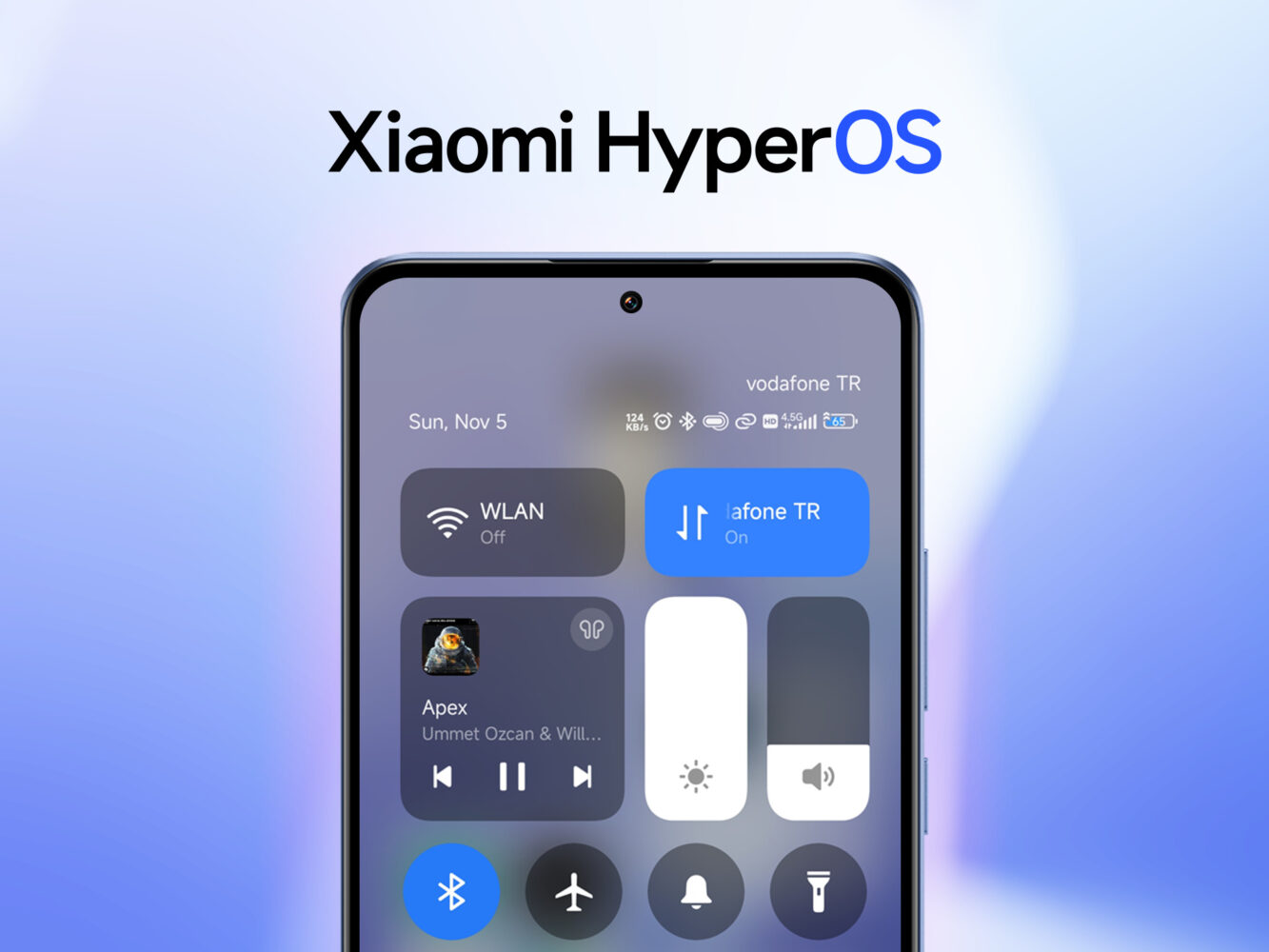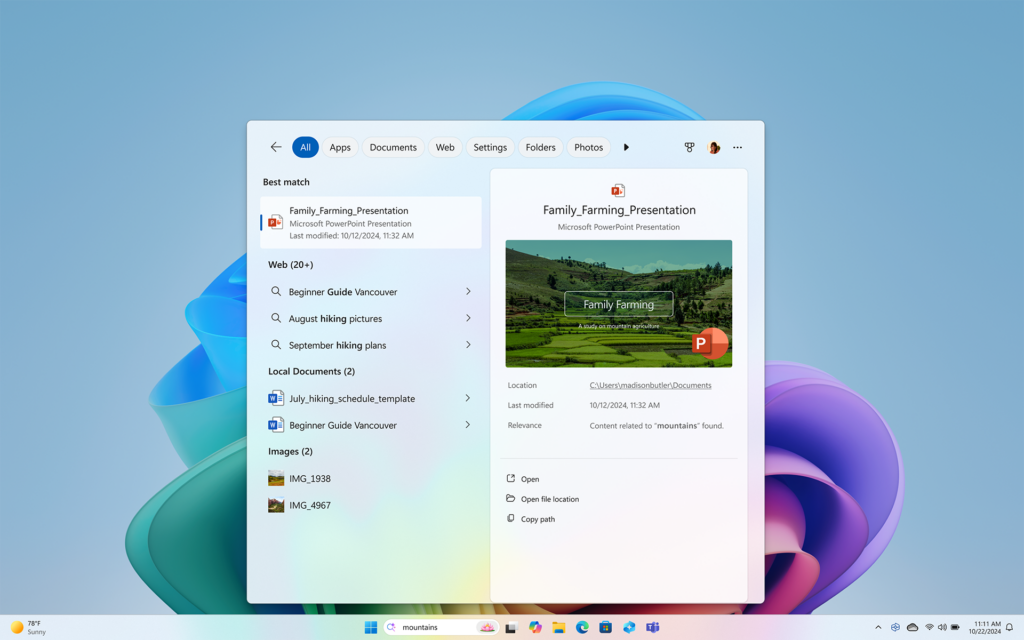Xiaomi has unveiled its latest innovation, the Xiaomi HyperOS, an operating system designed to redefine user experience across its entire product portfolio. This review delves into the core functionalities and potential of Xiaomi HyperOS, exploring its design philosophy, key features, and its anticipated impact on the future of interconnected devices.
A User-Centric Approach to Smooth Performance
Xiaomi HyperOS prioritizes user experience by ensuring exceptional smoothness and responsiveness. The underlying architecture is optimized for efficient resource allocation, minimizing lag and ensuring seamless operation even on devices with less powerful hardware. This focus on performance translates to a more enjoyable user experience, allowing users to navigate applications, play games, and multitask effortlessly.
Unveiling the Power of Core Features
Xiaomi HyperOS boasts a range of features designed to enhance user experience and empower users. Here’s a closer look at some of the most notable functionalities:
- Enhanced Privacy and Security: Xiaomi HyperOS incorporates robust security features to safeguard user data and privacy. The operating system employs rigorous permission controls, data encryption, and advanced threat detection mechanisms to protect users from malware and unauthorized access.
- Seamless Device Connectivity: Xiaomi HyperOS fosters a more interconnected ecosystem by facilitating seamless communication and collaboration between Xiaomi devices. Users can expect effortless data transfer, multi-device control, and a unified user experience across smartphones, tablets, laptops, smart home appliances, and other Xiaomi products.
- Intuitive User Interface: Xiaomi HyperOS introduces a user-friendly interface that prioritizes clarity and ease of use. The interface is designed to be intuitive and foster a learning curve, allowing users of all technical backgrounds to navigate the operating system effortlessly.
- AI-Powered Optimization: Xiaomi HyperOS leverages the power of artificial intelligence to optimize performance and user experience. AI algorithms can intelligently allocate resources, predict user behavior, and personalize the user interface based on individual preferences.
- Focus on Developer Friendliness: Xiaomi HyperOS aims to create a developer-friendly environment, providing developers with the tools and resources they need to create innovative applications that leverage the full potential of the operating system. This focus on developer engagement has the potential to foster a rich ecosystem of applications tailored to Xiaomi HyperOS.

The Potential Impact of Xiaomi HyperOS
The introduction of Xiaomi HyperOS signifies a significant step forward in Xiaomi’s journey to create a more interconnected and user-centric ecosystem. With its focus on performance, security, seamless device connectivity, and an intuitive user interface, Xiaomi HyperOS has the potential to disrupt the operating system landscape. Here’s a deeper dive into its potential impact:
- A Unified User Experience: Xiaomi HyperOS has the potential to create a unified user experience across all Xiaomi devices. Users can seamlessly switch between devices, pick up tasks where they left off, and enjoy a consistent look and feel across their entire Xiaomi ecosystem. This level of integration can significantly enhance user convenience and productivity.
- The Rise of the Interconnected Home: Xiaomi HyperOS can play a pivotal role in the evolution of the smart home. By facilitating seamless communication between smart home devices, Xiaomi HyperOS can empower users to create automated routines, control their homes remotely, and leverage the power of AI to optimize energy consumption and enhance comfort.
- A Boon for Developers: The developer-friendly nature of Xiaomi HyperOS can foster a thriving ecosystem of applications. Developers can create innovative applications that leverage the unique features of Xiaomi HyperOS, providing users with a wider range of options and functionalities.
- Redefining User Trust: The focus on privacy and security in Xiaomi HyperOS can redefine user trust in the operating system. By prioritizing user data protection, Xiaomi can build stronger relationships with its users and establish itself as a leader in secure and trustworthy operating systems.

HyperOS remains in its early stages of development and deployment. Currently, limited Xiaomi and Poco devices in select regions can access a beta version of the interface. This phased rollout allows Xiaomi to gather valuable user feedback and refine features before a wider release. It’s important to note that this beta stage introduces potential instability, so it’s primarily recommended for those who are comfortable with potential bugs or incomplete features.







